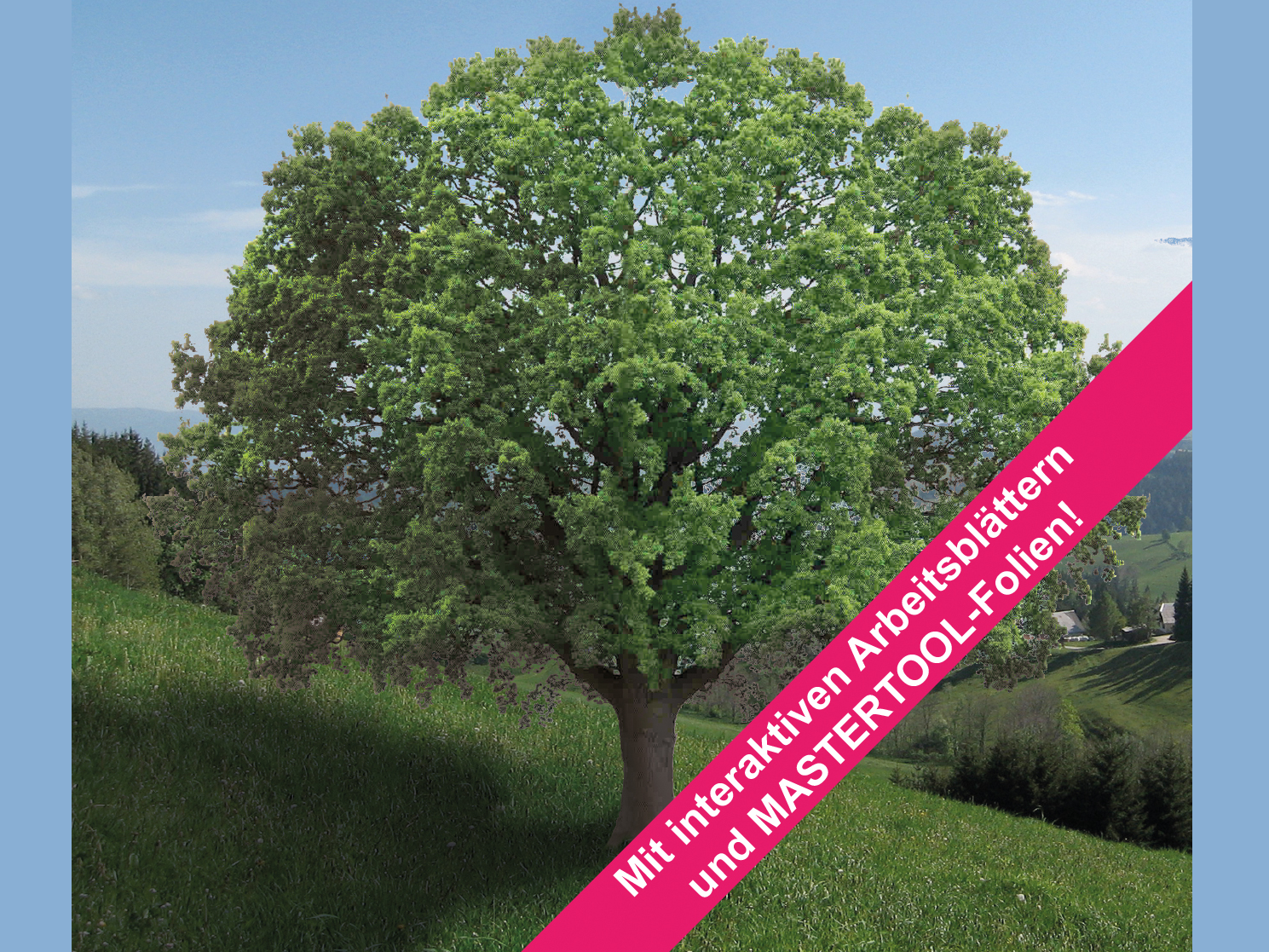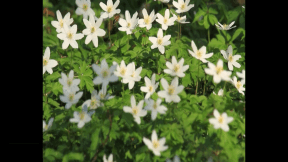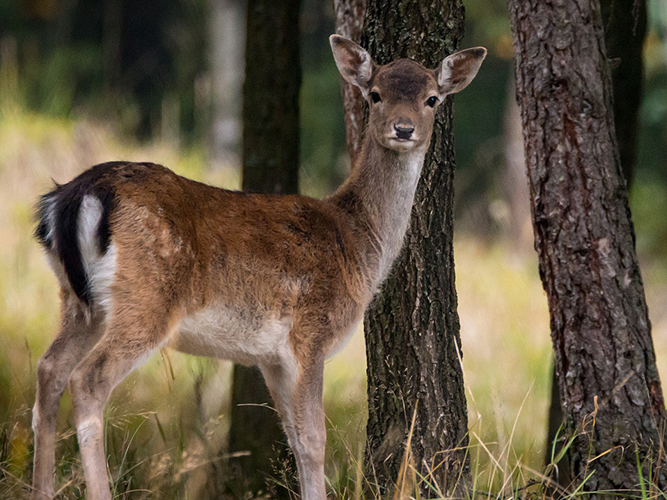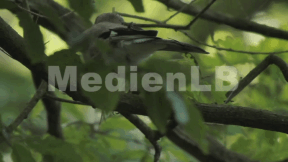
55502446
Bäume unserer Heimat
In 10-15 interaktiven Modulen wird für Grundschulkinder Wissen zur heimischen Bäumen vermittelt und anschließend abgefragt.
Included Tasks
- I Laub- oder Nadelbaum? - interaktive Aufgabe
- II Die Rinde der Bäume - interaktive Aufgabe
- III Baum-Quiz - interaktive Aufgabe
- IV Bäume verändern sich - interaktive Aufgabe
- V Bäume und ihre Namen - Finde die Paare - interaktive Aufgabe
- VI Früchte und Blätter - interaktive Aufgabe
- VII Baumsuche im Buchstabengitter - interaktive Aufgabe
- VIII Nahrungsbausteine der Bäume - interaktive Aufgabe
- IX Baumstamm; Rinde; Borke - Lückentext
- X Blüten; Früchte; Samen - Lückentext
- XI Vom Holz und vom Alter der Bäume - interaktives Video
- XII Heimische Bäume - Bildkarten
Curriculum-centred and oriented towards educational standards
Matching
Structure of the Forest
Forests are more than an accumulation of trees. The individual tree is more than a valuable source of wood. From its roots to its crown, it offers habitats to a variety of the most different creatures. The older a tree, the more valuable it becomes to many forest inhabitants. And even in death it is still full of life. If you take a closer look at a forest, you notice that the plants grow to different heights. They form storeys like those of a house. At the top level there are only the big trees. From a bird’s perspective we see that the highest specimens in the forest form a closed canopy. In summer, the treetops resemble big parasols shading the forest floor. Depending upon how much sunlight filters into the depths, this has consequences for the forest vegetation.
First Communion
At Annabelle’s home. She is nine years old and attends the third class. At this age, most children wish to celebrate their First Communion. Together with her mother Alice, Annabelle is preparing the bread dough today because they will discuss an important topic in communion class – the last supper that Jesus celebrated with his disciples. Alice is in charge of the group lesson. This means she prepares her daughter and five other children for First Communion.









